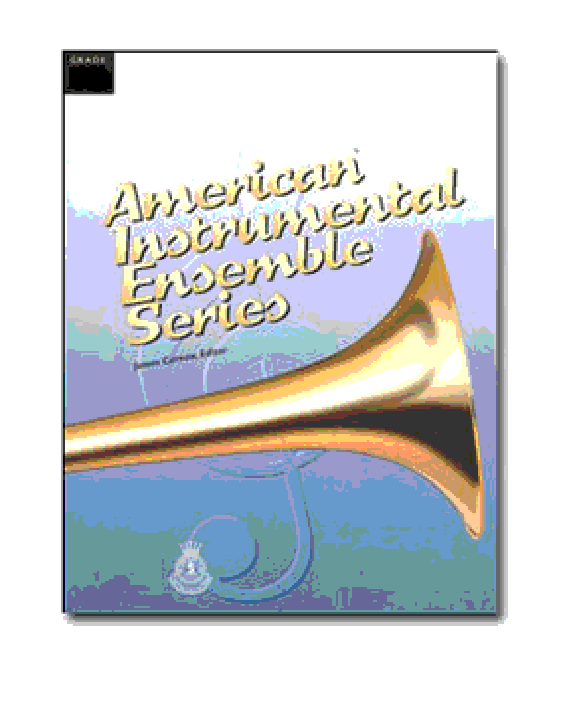| Instrument | |
|---|---|
| Level | 2 |
| Occasion | |
| Theme | Let's Just Praise The Lord |
| Writer | |
| Publisher | |
| Copyright | 2007 |
Let’s Just Praise The Lord
$24.95
Related products
-
Hallelujah! We Shall Rise
$12.00A standard brass quintet with optional baritone for a sextet. The introduction starts in the tuba and then adds more voices as you would expect- rising! The tune is now bantered about between the upper voices and then lower ones. Modulation! And the Q&A game continues. Another modulation and the tempo suddenly changes to a slower, expressive one with the French horn featured. As before the Q&A continues. Another modulation and an “a tempo” where the piece now in full ensemble starts lower and softer and continually adds activity and pitch raising until a vigorous conclusion.
-
I Will Sing Of The Mercies
$9.00A woodwind quintet with opt. parts for Alto Sax and Bass Clar. This piece presents itself with a sense of joy throughout with the introduction itself in a motivic manner setting the tone The piece passes through several modulations where the upper voices carry the melodic material while the lower voices support the ensemble with strength. The writing of this arrangement is well crafted to take advantage of the “woodwind quintet sounds.” It continues that way right up to the very end with a declamatory statement of “Mercy.”
-
-
Count Your Blessings
$9.00Be ye thankful! Written for standard woodwind quintet with optional parts, this piece is highly decorated melodically and active rhythmically. It gives both the sense of majesty and joy.
-
-
A Servant’s Heart
$10.00A brass quintet, optionally sextet, begins with a soulful trombone solo joined with the remainder of the lower brass instrument only to be taken over by the trumpets. The middle section uses a punctuated accompaniment for nice variety only to migrate to the flowing style of the beginning. It then ends in solemn repose.
-
Guide Me, O Thou Great Jehovah
$9.00A woodwind quintet with opt. parts for Alto Sax and Bass Clar. This piece presents itself with a sense of joy throughout with the introduction itself in a motivic manner setting the tone. The melody is fragmented, passing the tune around to the various voices. The middle section mirrors the introduction in texture and again passes melodic material around the different voices. The final section is more subdued until it starts stacking the motifically structured parts until it ascends to a dramatic conclusion.
-
A New Name In Glory
$9.00A brass quintet with opt. Trumpet for horn and baritone TC. It begins with fanfare motifs of the tune and then breaks into the hymn adding more parts as it progresses. It continues with a Q&A type of dialog between the lower, then upper voices. The second setion in a different key is reminiscent of the opening only this time in the middle voices and again moves in a Q&A type of dialog. Again modulating to a new key the theme is bounced around with rhythmical interest only to finalize in strong chordal patterns and ending on a bold declamation.









